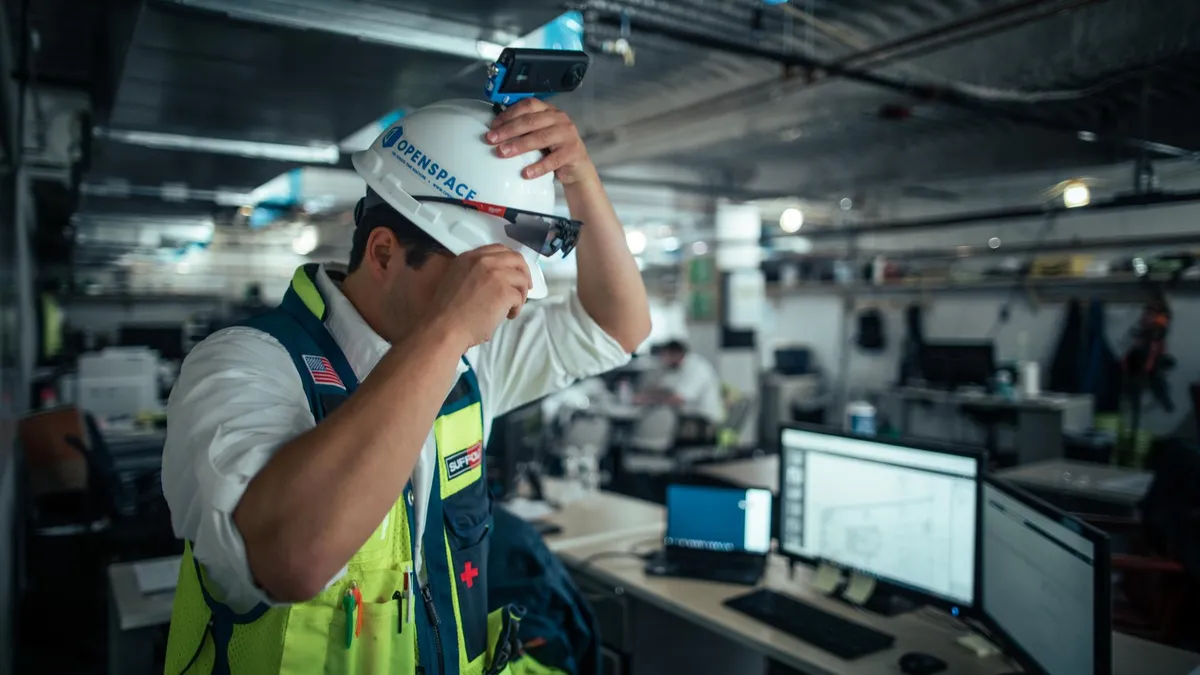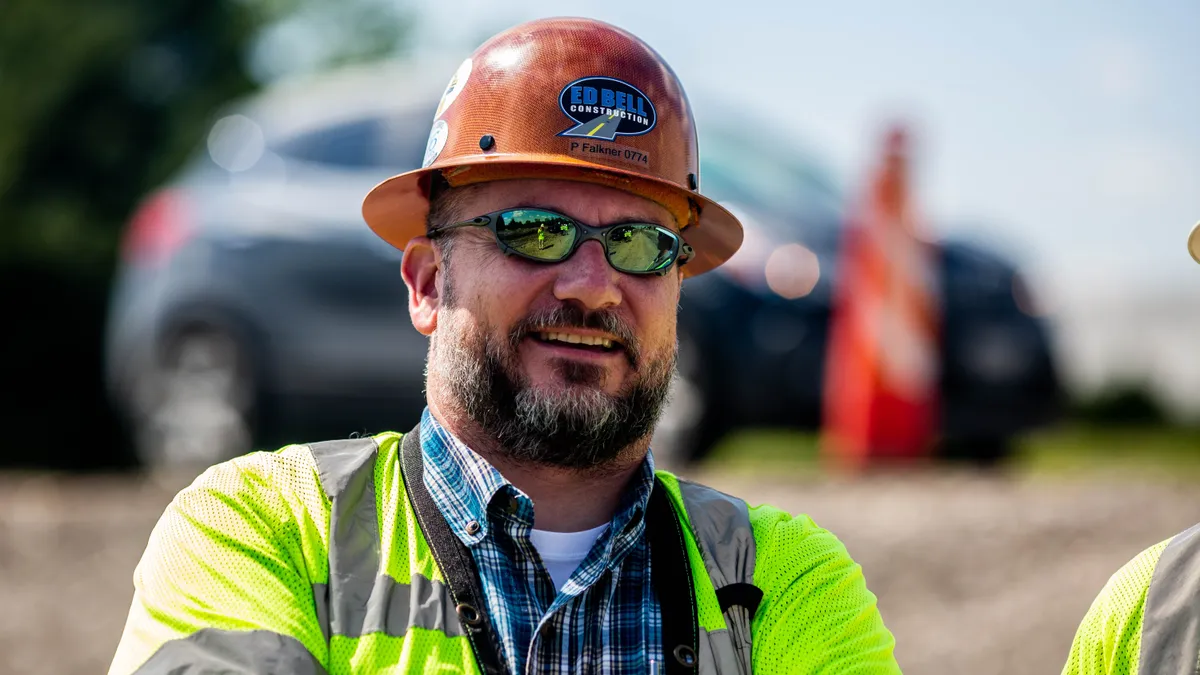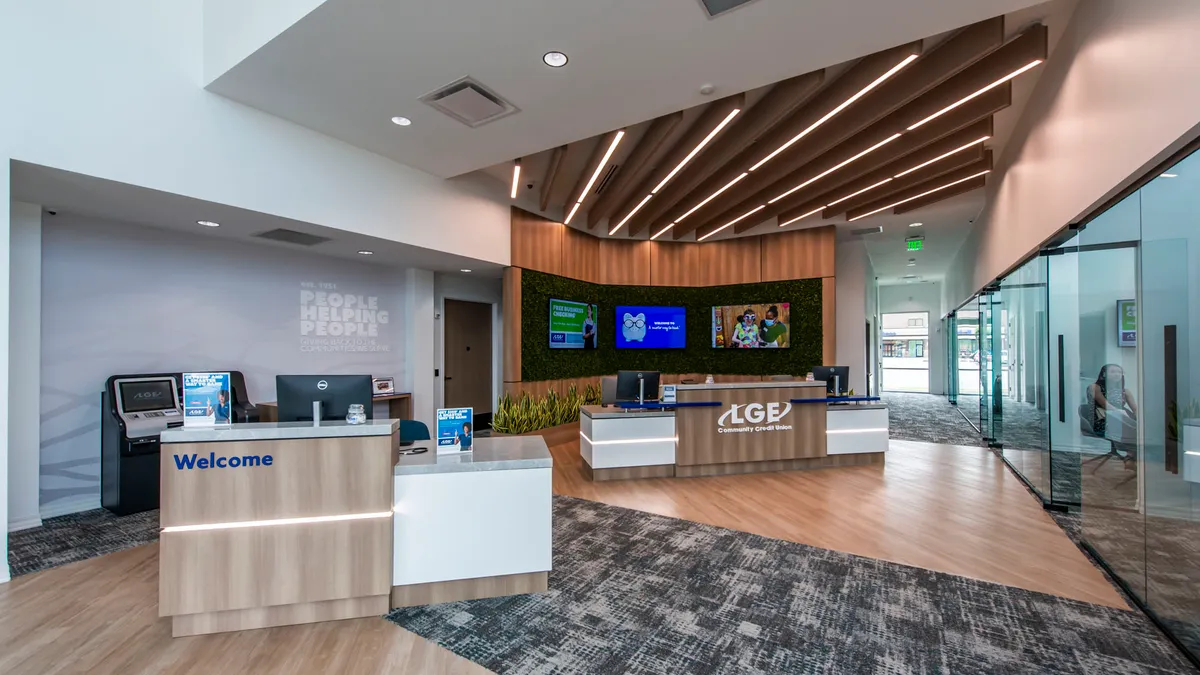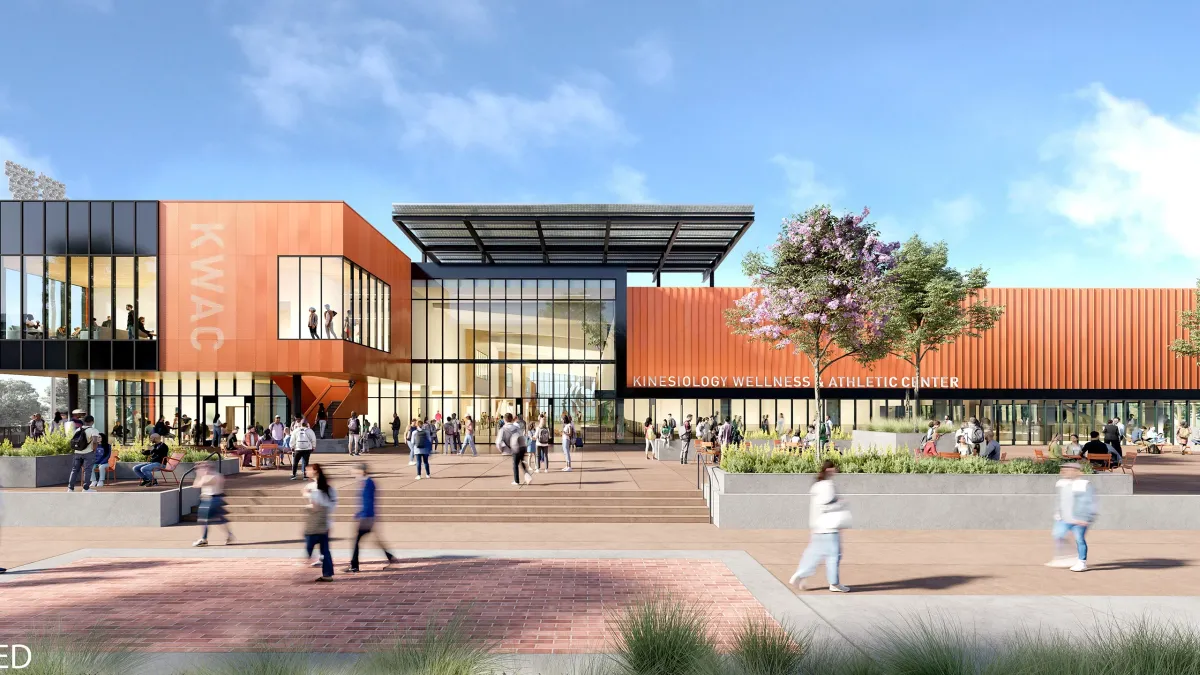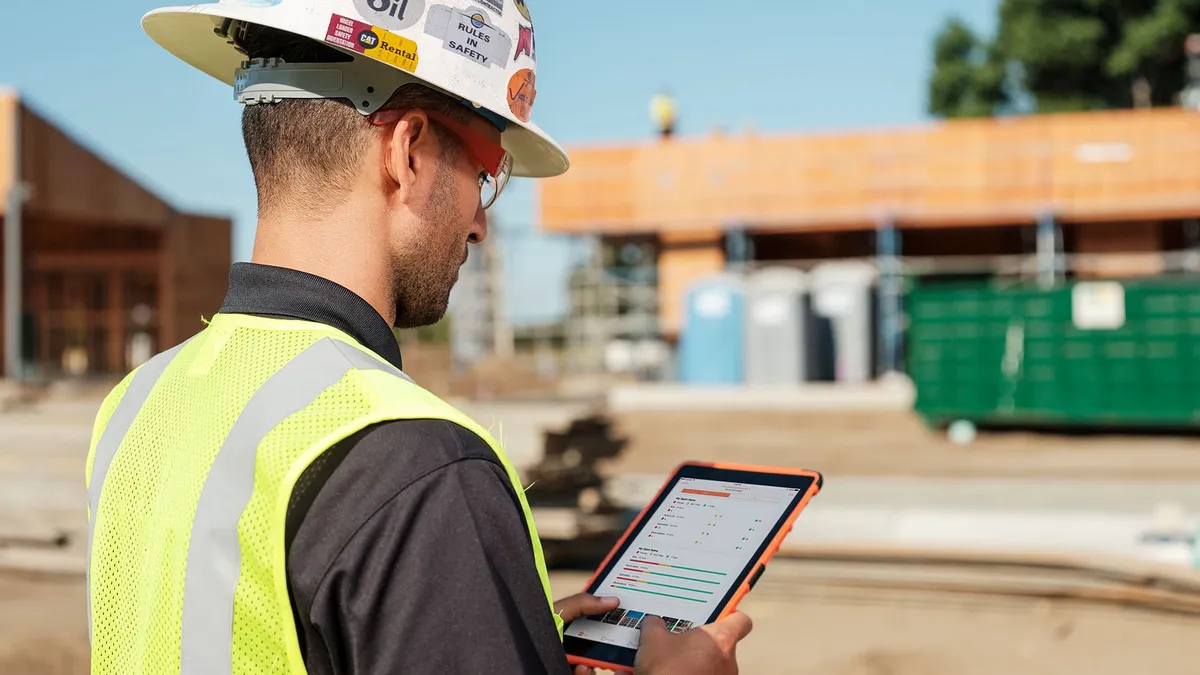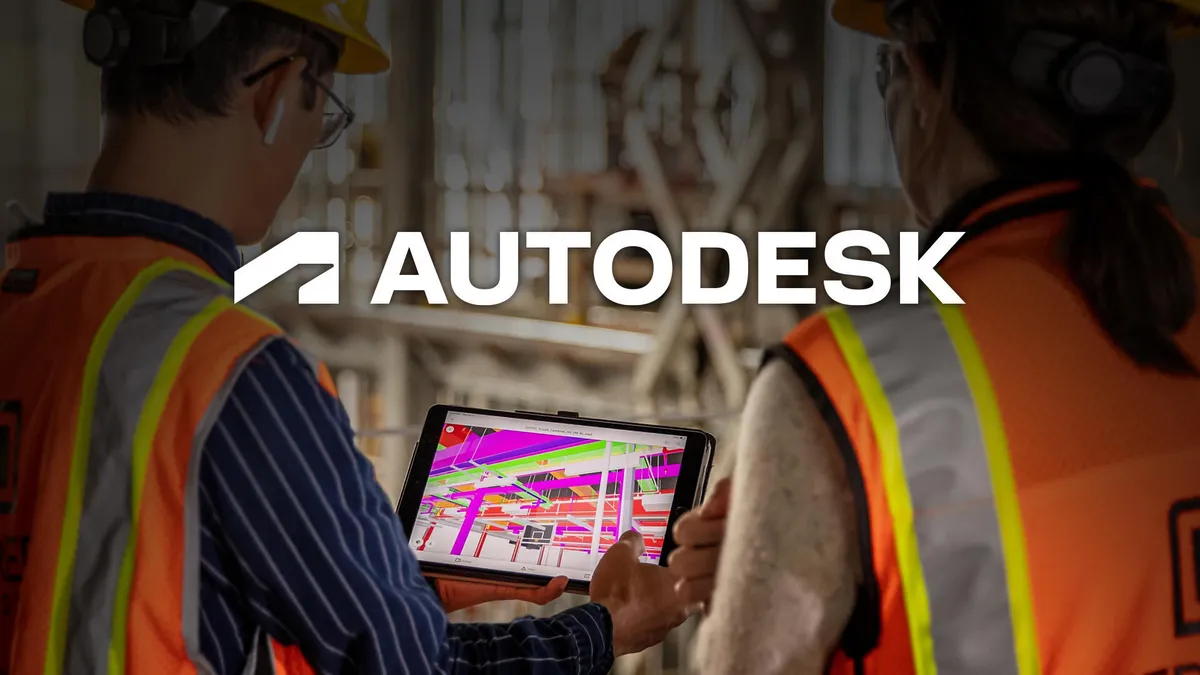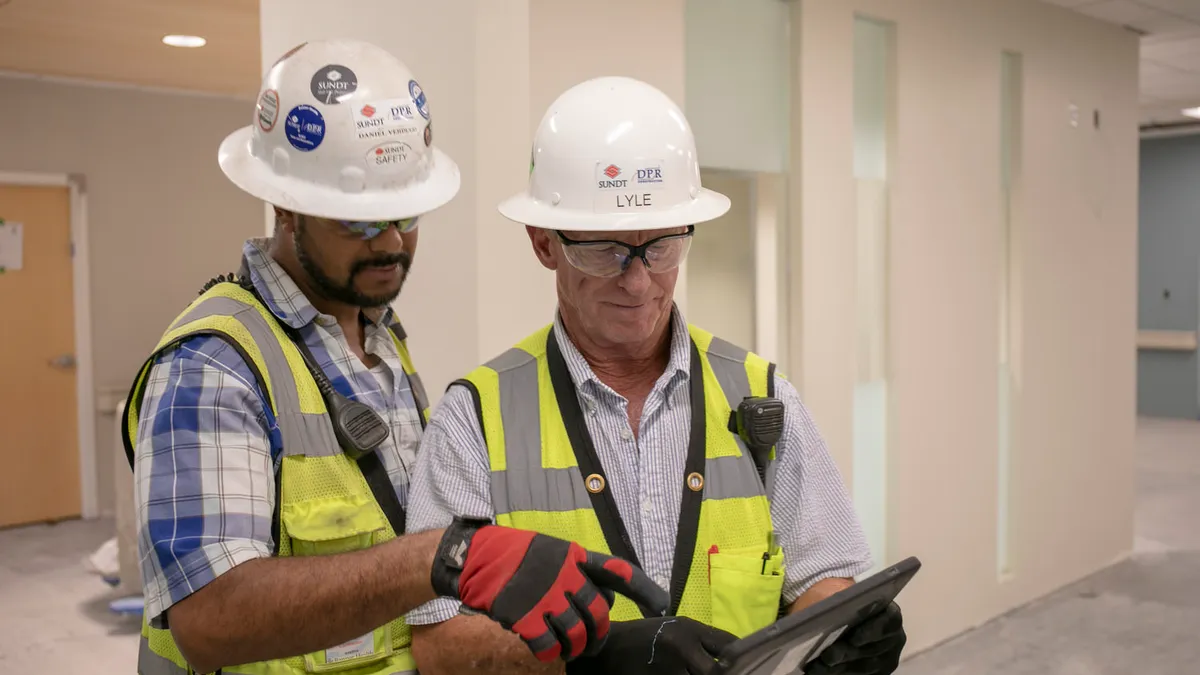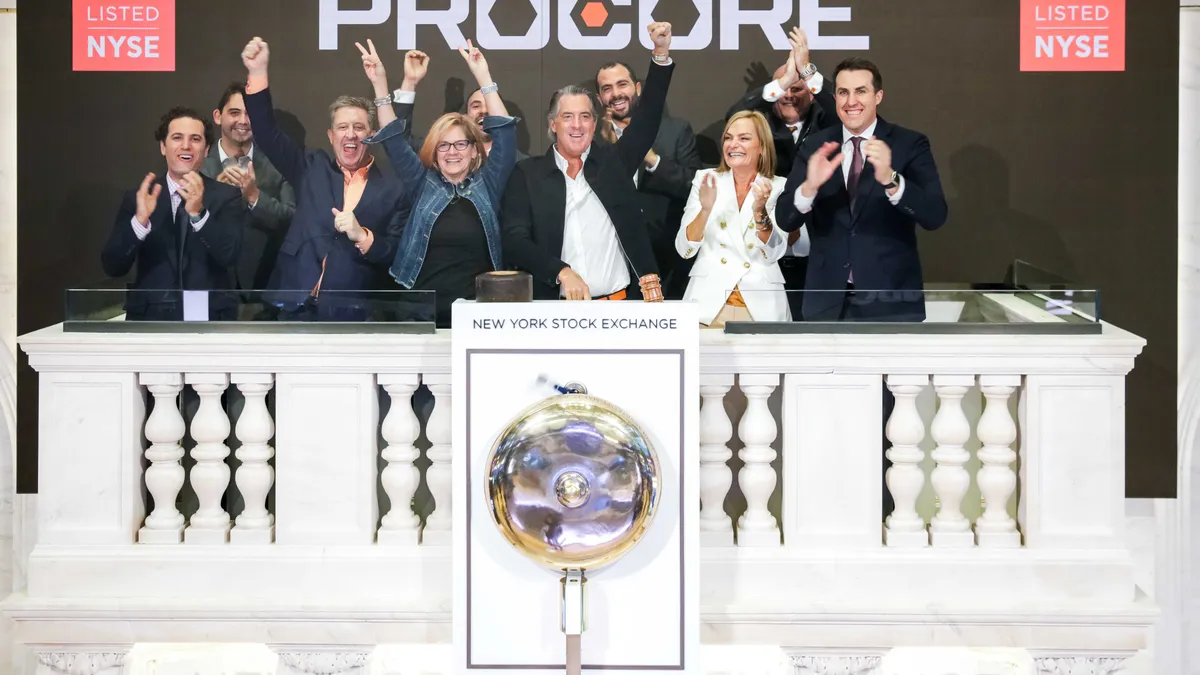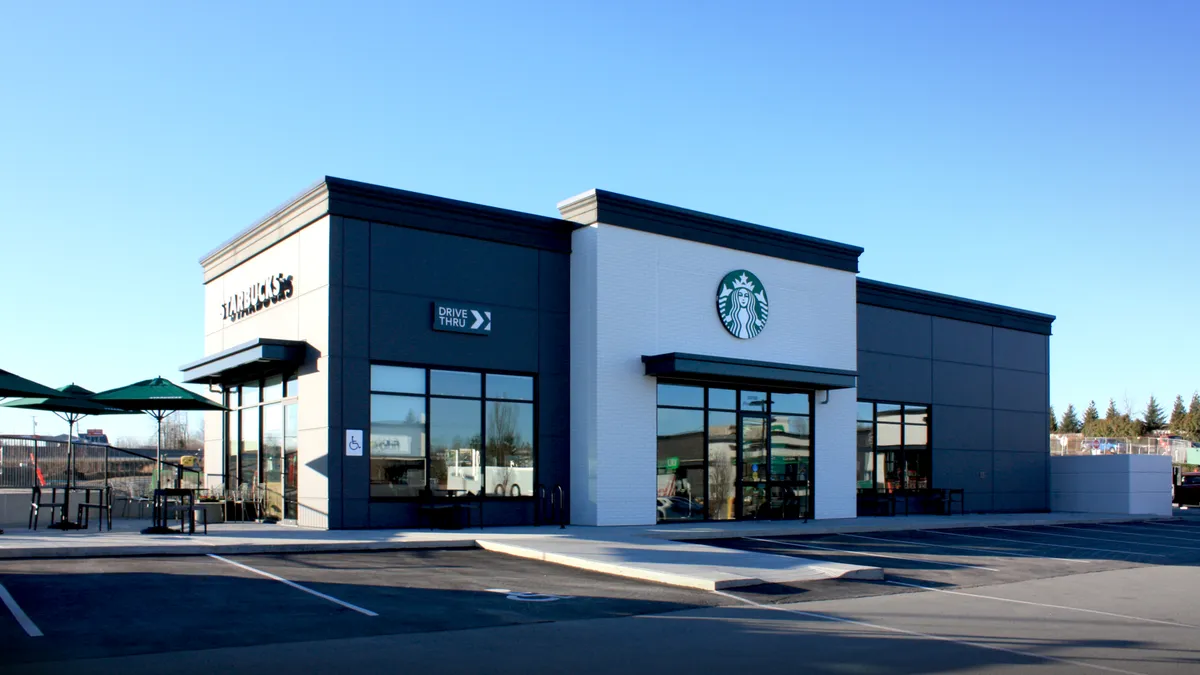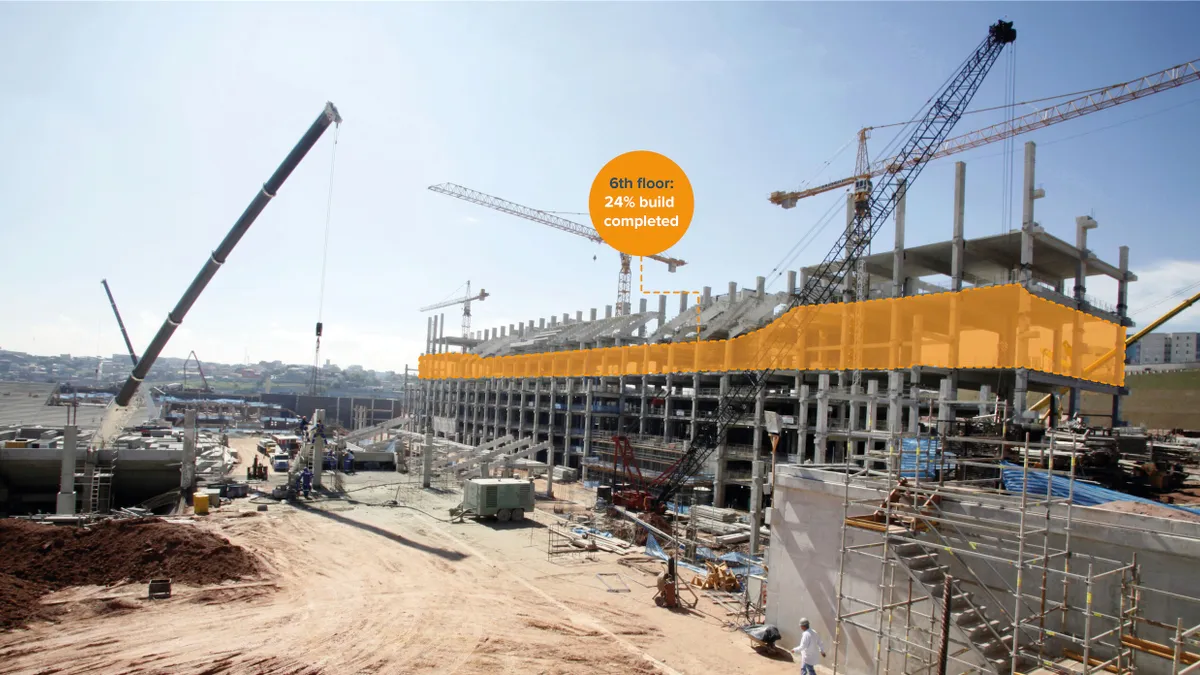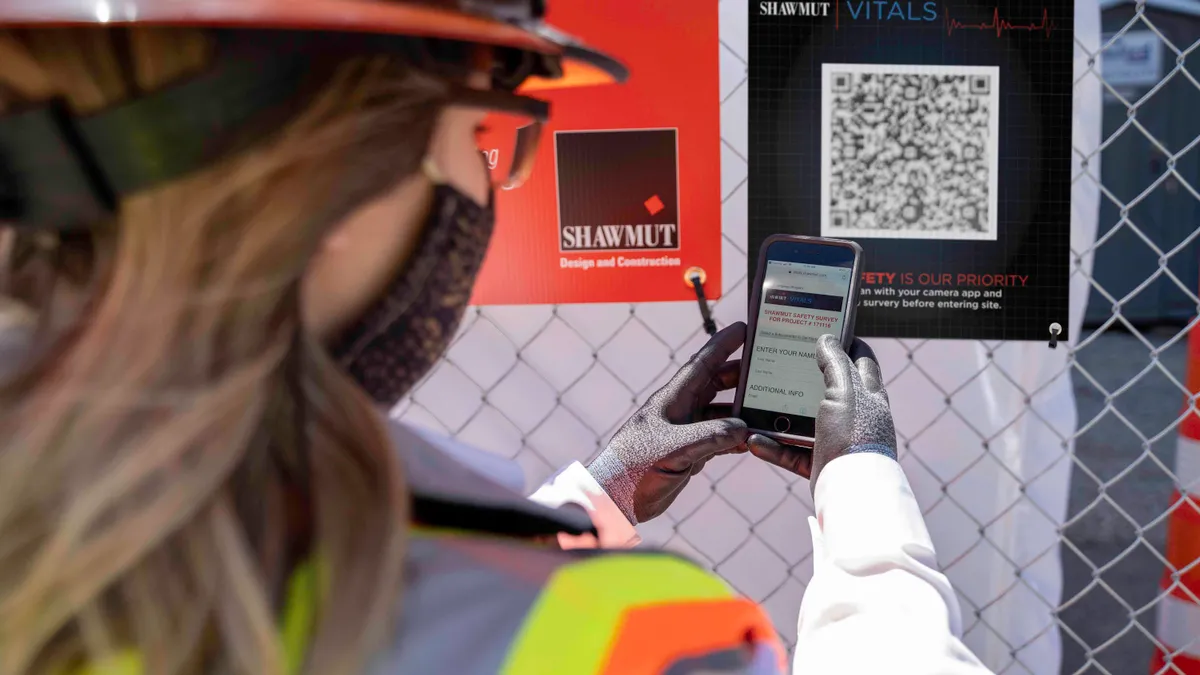Jit Kee Chin doesn’t need the fanciest car on the lot, as long as she can get to work each morning.
Chin is the chief data officer for Boston-based builder Suffolk, and she’s also the co-founder of Suffolk Technologies, the contractor’s tech-focused venture capital firm that completed its inaugural $110 million funding raise this past summer.
Here, Chin talks about Suffolk’s tech, how the contractor overcame hurdles in adoption and advice for smaller contractors who want to adopt new solutions.
Editor’s Note: This interview has been edited for brevity and clarity.
CONSTRUCTION DIVE: What technologies are you piloting on your jobsite right now?
JIT KEE CHIN: At a high level, we have piloted over 50 solutions. We’re using Newmetrix, which is a safety solution that's now been acquired by Oracle. This solution was our safety observation platform, but also the solution that provided us with predictive analytics for safety incidents.
This is the one where you can actually say -- based on all the factors and based on your past track record -- these are the kind of jobs that have a higher risk of safety incidents in the upcoming week. That was one that we actually scaled all the way through the pipeline.

OpenSpace was another one. You have a 360-degree camera that you add to a hard hat, or you could wear it other ways. And as you walk the site, which we have to do anyway, it takes the image of what's happening, the state of progress around you. It automatically downloads tags to the drawing so that you know where it is. You can do before/after looks, and you can check progress.
We also really liked this AI-enabled water leak mitigation solution called Wint. It has an accurate AI system that looks at the flow patterns and combines it with the flow patterns that it already has in the backend library, tailored for your specific use. If it detects an abnormal flow pattern, for any reason, it will flag an alert.
What that solution has demonstrated is that it can take the damage costs due to water leaks down almost over 90%.
What advice would you give small or mid-sized contractors as they adopt technology?
We have a lot of resources, so we look at a lot of cutting edge technologies. If you’re a lot smaller, you don’t need to see everything or do everything.
My advice would be, what are your true pain points? What tech do you need to solve those pain points? It's not technology for the sake of technology, but technology in service of the core business.
Second thing is, you don't always need cutting edge. Sometimes, it's great to be a fast follower. There are technologies that are further along the maturity curve. That’s easier to deploy. They have more of the stuff worked out.
The last thing I will say is that the ecosystem for the technology has formed. Things like integrations with Procore, integrations with Autodesk, a lot of solutions now have that. The main players in this space have an ecosystem of solutions that they have integrated and are therefore simpler to deploy, depending on what enterprise resource planning you're using.
What problems has Suffolk had adopting this technology?
I wouldn’t call them “problems,” I would call them “hurdles.”
When you implement any technology, sometimes processes need to change. People have to understand the value that they bring, so there is an education or an awareness component.
Secondly, once they understand the value of what the solution can bring, then you have to show them how to use it, and that's another education component. And if you need to change standard operating procedures, if you need to put in a new process, that is another discussion.
The third piece that you do need to know is: Who is best placed to take the cost of the technology? That is a constant negotiation. Is it the owner? Is it the GC? Is it sometimes for insurance? Is it for risk mitigation? What's the best way to accommodate the cost while being conscious about who gets the value?
Then there is a whole slog of what I call little tactical operational things that one just needs to get through. Yes, this technology seems great, but how do I configure it? When do I ship? What’s the best time to deploy? They’re little things, but they make all the difference in the world.
What do you think of Suffolk’s use of technology? What do you think separates your company from others?
We are all-in on innovation. Our CEO, John Fish, is very passionate about the topic. He really believes that due to a confluence of forces, innovation is thriving in the construction industry right now. And he doesn't want to dabble — he wants to go at it and make sure that we can capture the value that some of these innovative technologies bring.
The difference between Suffolk and others lies in the degree of focus, and resources brought to bear and investment that's gone in. If you look at the Suffolk Technologies fund alone, $10 million goes to scale innovations for the built environment.
Our CoLabs are dedicated tech-enabled spaces and filled with people that pilot and scale solutions. Their job is to take technology that has proven value, but still requires a lot of work to adapt it for folks to actually use them effectively.
Starting in 2020, we launched Boost as the flagship program for Suffolk Technologies. It's a unique program that brings together Suffolk Construction and Suffolk Technologies, where we pair young companies that pass through a rigorous selection process with our operational experts, depending on what the young company needs. We help them in a very intensive seven- to eight-week period, solve their next problem and accelerate them through that next hurdle in their development.
Correction: This article has been updated to show Newmetrix was acquired by Oracle.



